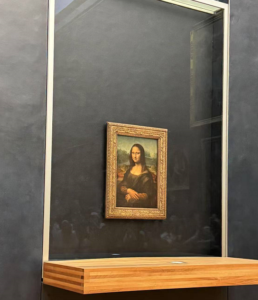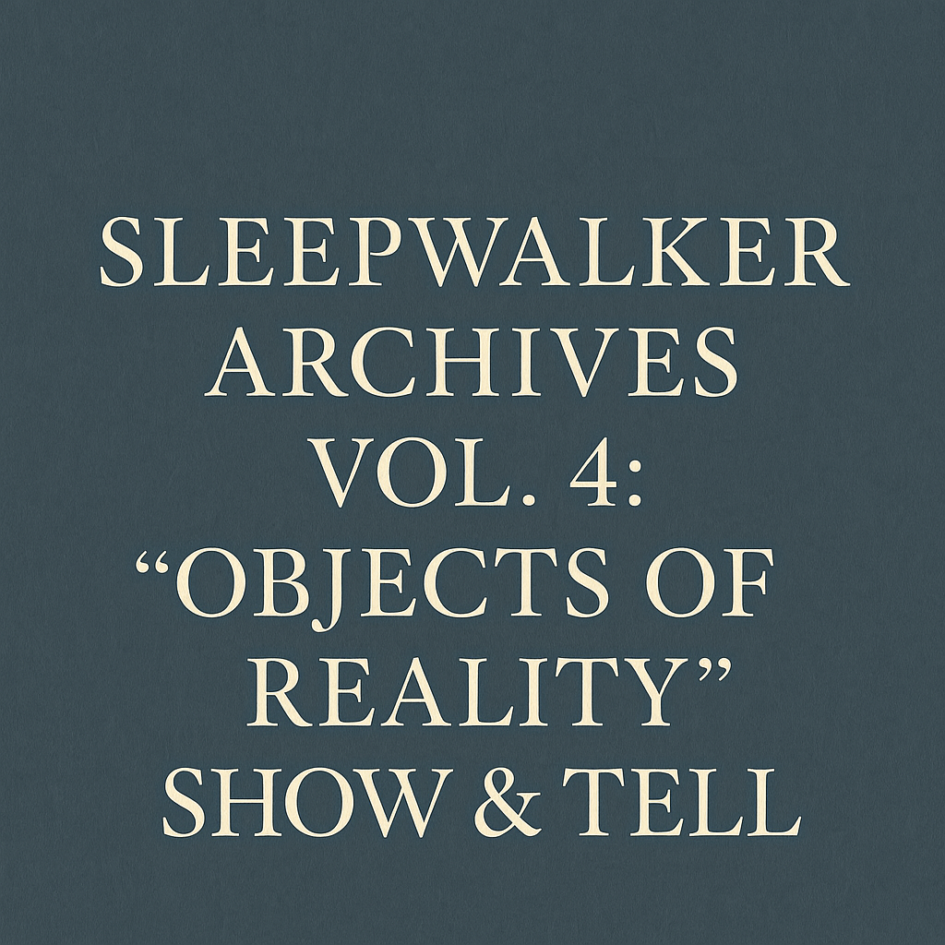This week’s session, Sleepwalker Archives Vol.4: “Objects of Reality” Show & Tell, shifted the curatorial lens inward. Instead of analysing artworks or media environments, we turned to personal objects as triggers of memory, perception, and critical questioning. Each participant was asked to bring an object that embodied or destabilised their sense of the “real.” The session moved through four parts: opening reflections on “truth,” individual object sharing, a group discussion, and a final mapping of sensory and conceptual keywords.
I brought a photograph I took during my visit to the Louvre, where I saw Mona Lisa for the first time. Despite anticipating a moment of awe, what struck me most was the distance—the layers of glass, barriers, and smartphones that mediate one of the most iconic artworks in history. The painting seemed less present than its myth. I questioned whether I had really “seen” it, or simply witnessed its aura—a term Walter Benjamin used to describe the singular presence of an artwork that becomes diluted through reproduction and spectacle.¹

Photograph taken by the author
This image, though deeply personal, also reveals institutional mechanisms of viewing: how we’re choreographed as spectators, how value is constructed through protection, and how perception is regulated by systematised distance. The moment recalled not just the painting, but the politics around it—who gets to see, how, and under what conditions.
Sharing this object allowed me to reflect on a larger curatorial principle: that reality is always mediated—through sound, through framing, through narrative, and through objects. In a world saturated with replicas and rituals of authenticity, perhaps our sense of the “real” lies not in what is seen, but in what is felt to be inaccessible.
References
1、Walter Benjamin, The Work of Art in the Age of Mechanical Reproduction, trans. Harry Zohn (New York: Schocken Books, 1969).



Leave a Reply